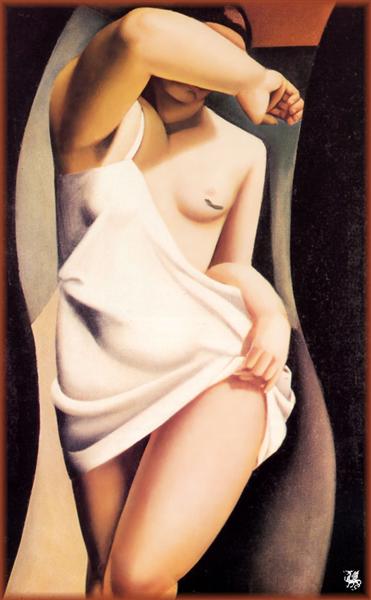
Art Deco
Style
The Art Deco style originated in Paris but has influenced architecture and culture as a whole. Art Deco works are symmetrical, geometric, streamlined, often simple, and pleasing to the eye. This style is in contrast to avant-garde art of the period, which challenged everyday viewers to find meaning and beauty in what were often unapologetically anti-traditional images and forms.
The Art Deco ethos diverged from the Art Nouveau and Arts and Crafts styles, which emphasized the uniqueness and originality of handmade objects and featured stylized, organic forms. That crafted quality was emblematic of a kind of elitism in opposition to Art Deco's more egalitarian aim: to make aesthetically appealing, machine-made objects that were available to everyone.
Streamline Moderne, the American version of the Art Deco style was a stripped-down and sleek version of the more elaborate and often bespoke European Art Deco style. In many ways, the American style grew and evolved to have a much bigger following and use in the U.S. than in Europe.
See also Art Deco (art movement)
Wikipedia:
https://en.wikipedia.org/wiki/Art_Deco_architecture


